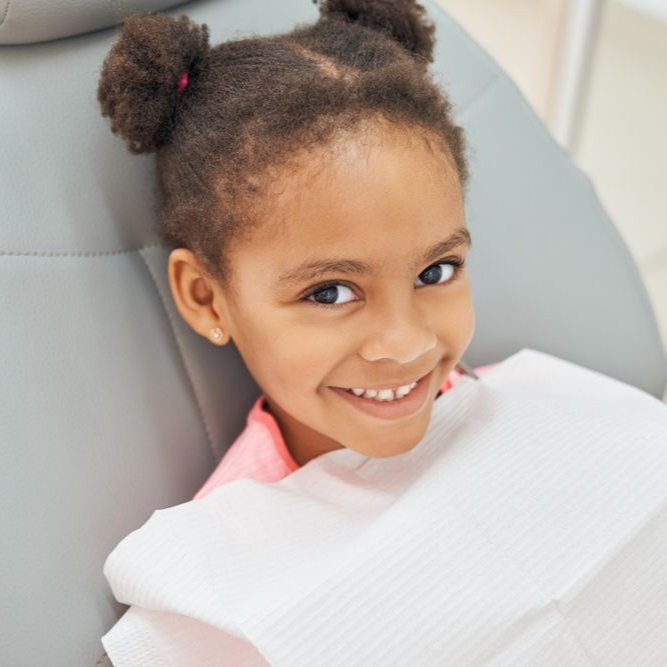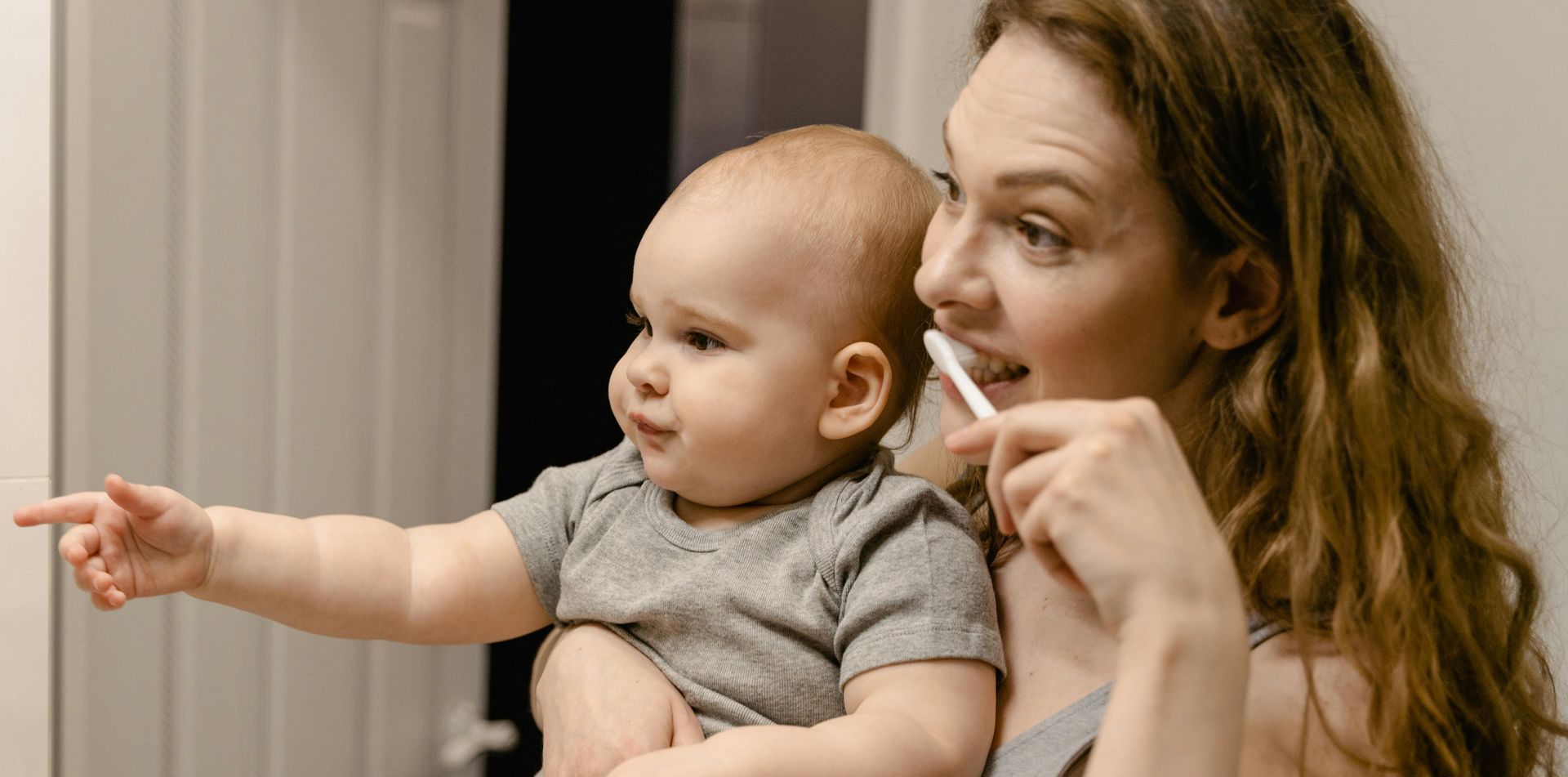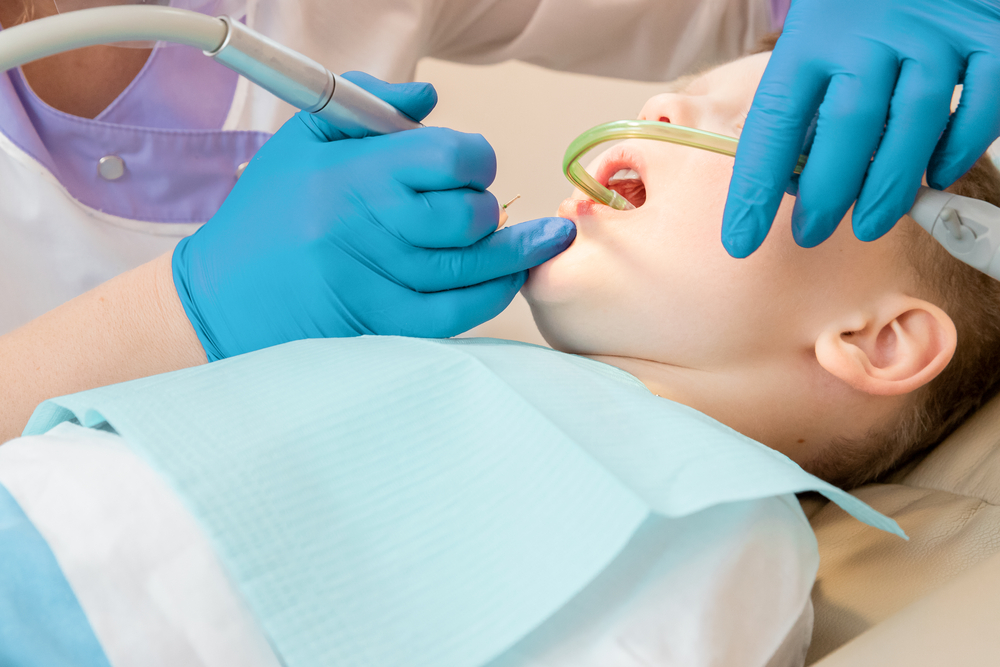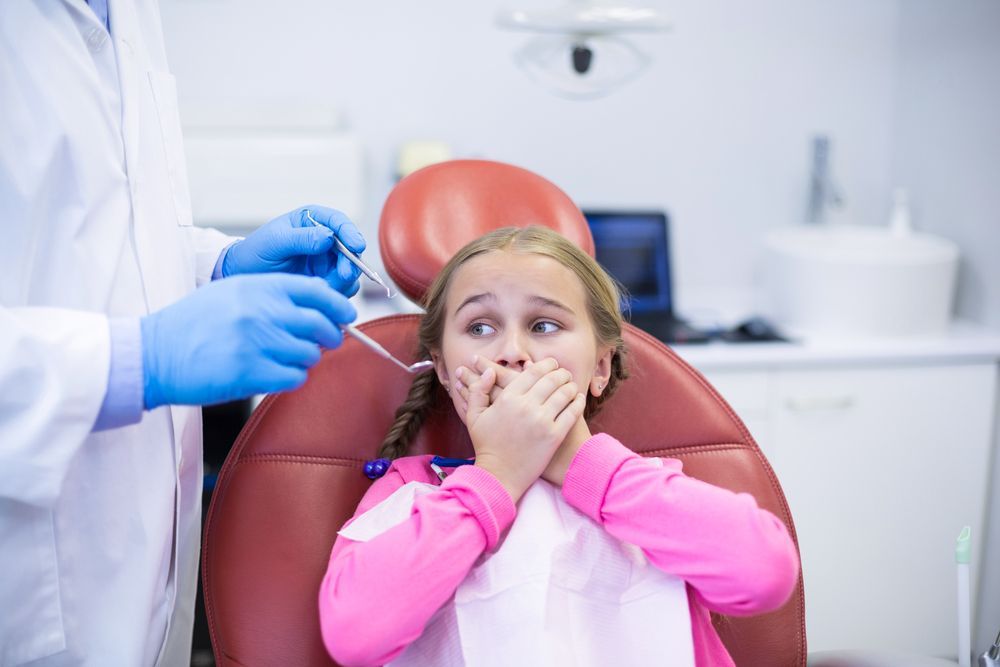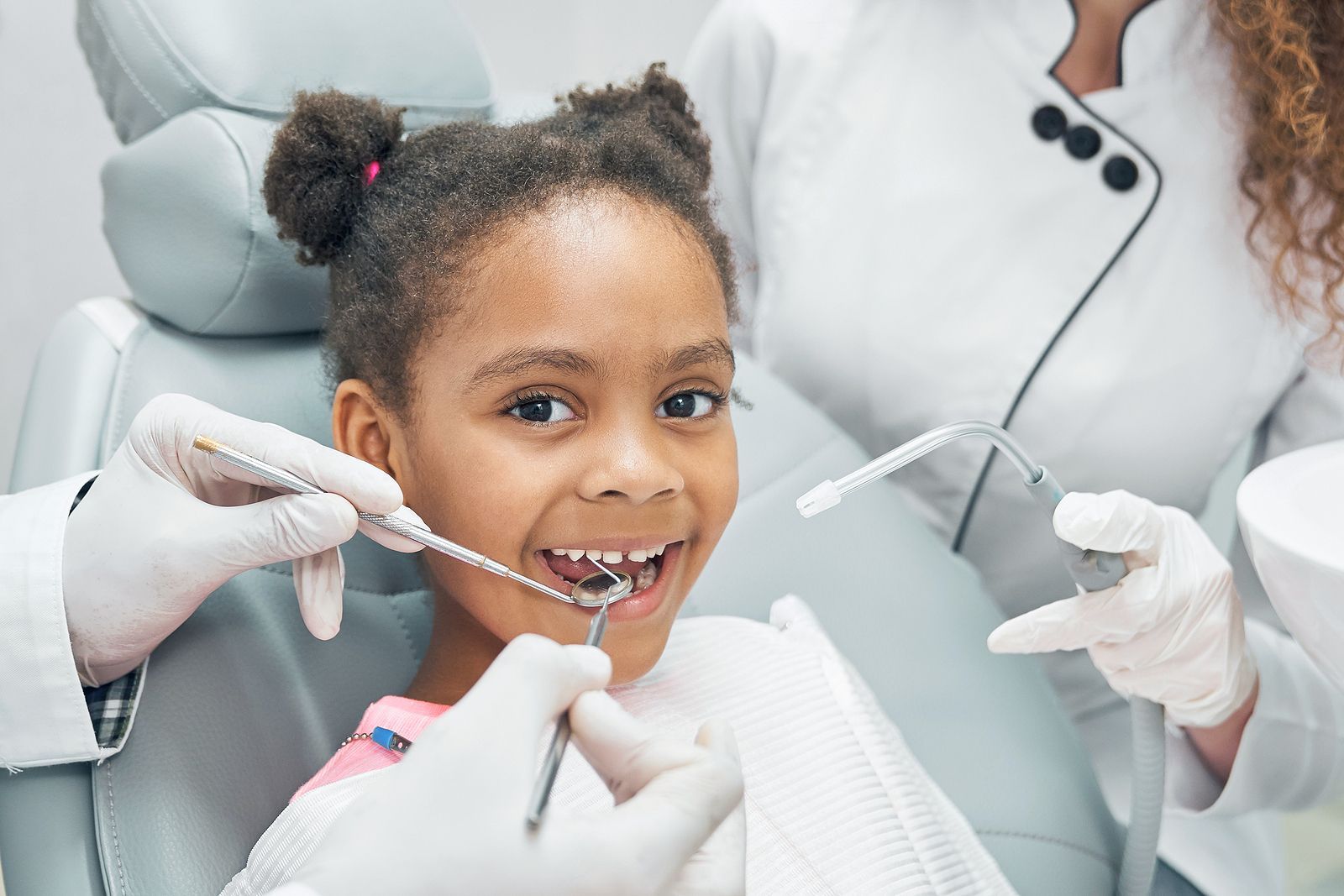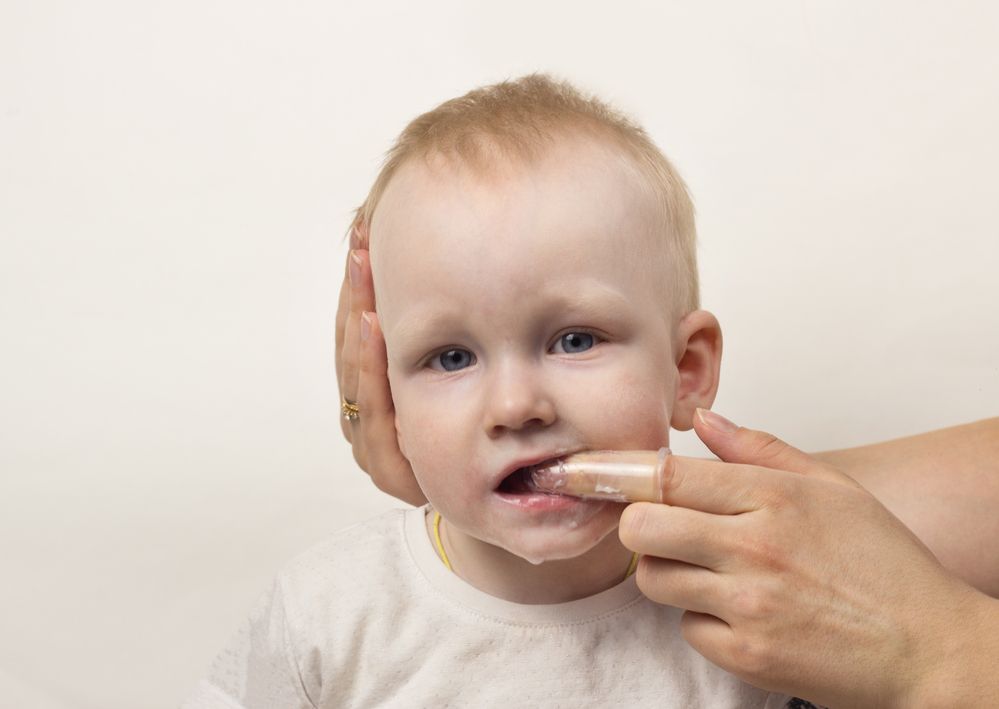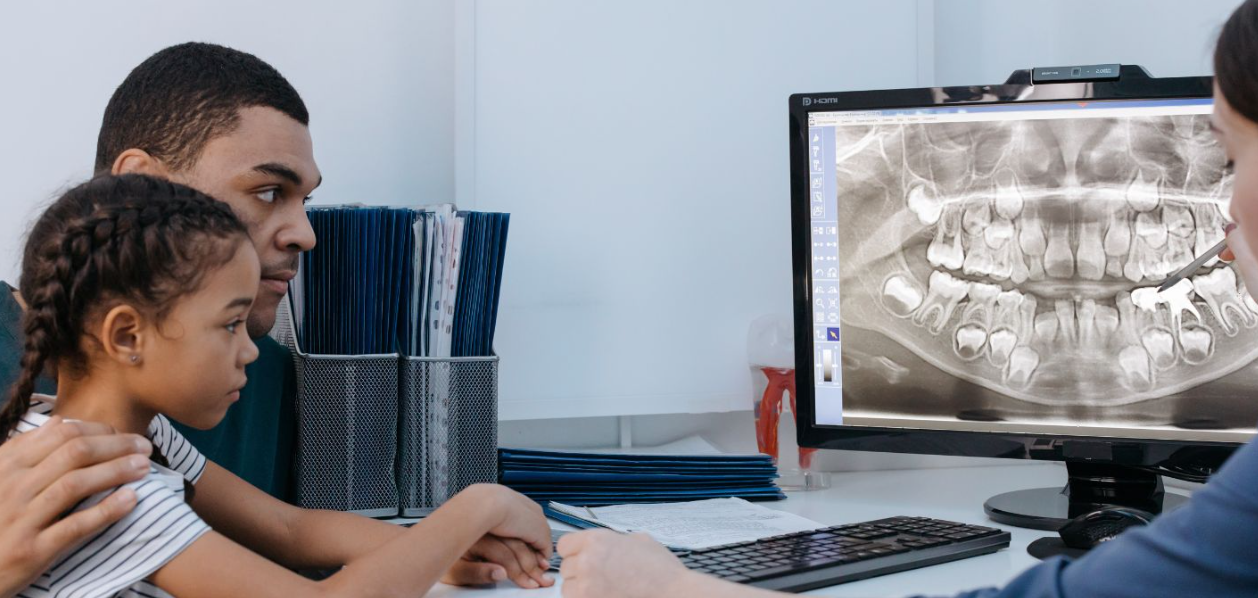How to Transition Kids from a Bottle to a Cup Without Harming Their Teeth
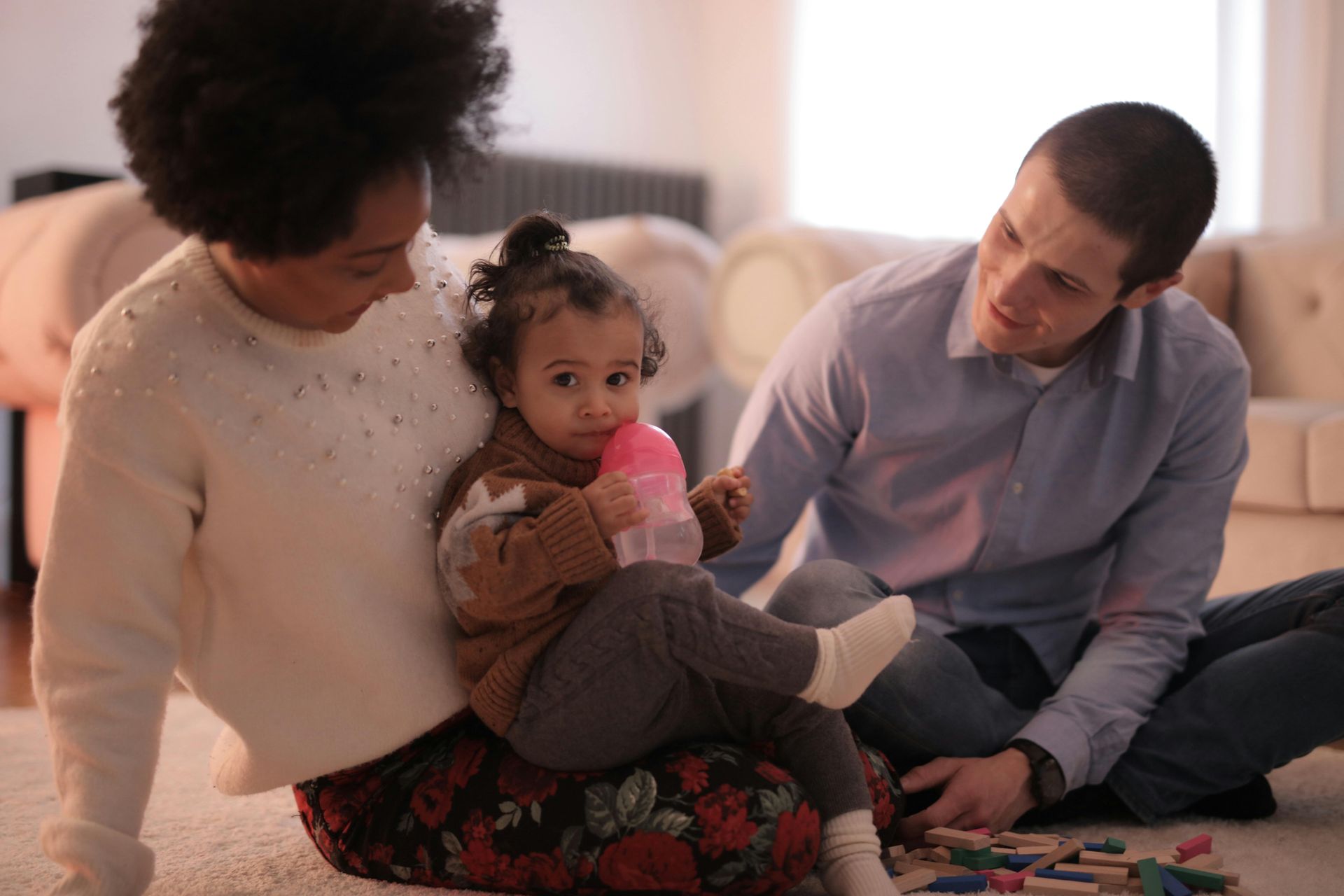
Transitioning your child from a bottle to a cup is an important step in their development, but it’s also a time to focus on protecting their growing teeth. Prolonged use of a bottle can lead to dental issues, such as tooth decay or alignment problems, so starting this transition at the right time can make a big difference in their oral health. At All Stars Pediatric Dentistry, we’re here to help parents make this milestone smooth and beneficial for both you and your child.
Here’s how to help your little one move to using a cup while safeguarding their smile.
Timing Is Everything
The right time to start the transition can vary, but most pediatricians and dentists recommend beginning around 12 months of age.
Start Early
- By introducing a sippy cup during mealtimes as early as six months, you can help your child become familiar with it. Early exposure means they’ll have time to adjust before giving up the bottle completely.
Watch for Readiness
- Signs that your child might be ready to transition include the ability to sit up unsupported, hold objects like a toy or bottle, and show interest in what you’re drinking.
Avoid Prolonged Bottle Use
- Using a bottle past age two can increase the likelihood of tooth decay. Start transitioning before it becomes a deeply ingrained habit.
Choosing the Right Cup
Picking the best cup for your child can make the transition smoother for everyone.
Start with a Sippy Cup
- A spill-proof sippy cup with a soft spout is often an easier first step for toddlers. Look for one that is BPA-free and easy for small hands to grip.
Move to an Open Cup
- Once they’re comfortable with a sippy cup, try introducing a training or open cup. This helps reduce prolonged sucking habits, which can affect oral development.
Avoid Valves Over Time
- Cups with hard valves might mimic a bottle’s sucking action, so it’s good to phase these out to encourage natural drinking motions.
Tips for a Smooth Transition
Every child adjusts differently, but there are simple strategies to make the shift easier.
Lead by Example
- Show your child how you use a cup. Kids love mimicking adults, and watching you drink from a cup can motivate them to try.
Transition Gradually
- Start with replacing one bottle feeding a day with a cup. Over time, increase the number of cup feedings to minimize frustration and resistance.
Offer Encouragement
- Celebrate small victories. If your child drinks even a little from their cup, clap and cheer. Positive reinforcement can go a long way in building confidence.
Use the Right Liquids
- Offer water or milk in cups and save other drinks like juice for special occasions. Water is ideal for staying hydrated while protecting your child’s teeth.
Avoid Common Pitfalls
It’s important to avoid habits that could lead to dental problems during this transition.
Don’t Put Your Child to Bed with a Bottle
- Milk or juice can pool in the mouth and lead to tooth decay. Transitioning to a cup can help break this habit, but avoid giving sugary drinks before bedtime altogether.
Limit Sugary Beverages
- Even in a cup, milk and fruit juices contain natural sugars that can harm teeth if left in contact for too long. Encourage rinsing with water afterward.
Keep an Eye on Pacifiers
- While focusing on the bottle-to-cup transition, it’s also a good time to start thinking about reducing pacifier use if it hasn’t already begun. Prolonged use can affect dental alignment.
Build Healthy Habits Early
The transition to a cup isn’t just a milestone; it’s an opportunity to set the foundation for lifelong oral health.
Brush Twice a Day
- Once teeth begin to come in, start brushing with a small toothbrush and fluoride toothpaste. Teaching this habit early helps keep cavities at bay.
Schedule Dental Checkups
- The first dental visit should happen by the age of one or as soon as their first tooth appears. Regular checkups catch potential problems early and teach kids to feel comfortable at the dentist.
Stick to a Routine
- Consistency is key. Creating routines around mealtimes and nighttime brushing helps establish good habits for years to come.
At All Stars Pediatric Dentistry, we work with parents and children to promote healthy smiles from the earliest stages. If you have questions about transitioning your child from a bottle to a cup or want to
schedule a dental checkup, give us a call. We’re here to help your family every step of the way and keep those little teeth shining bright!
What if my child resists giving up the bottle?
t’s normal for children to resist change, so try introducing the cup gradually. Replace one bottle feeding at a time with a cup, and offer plenty of praise for using it. If they’re attached to the comfort of a bottle, you can transition slowly by limiting bottle use to specific times, like nap or bedtime, while using a cup during meals.
Can prolonged sippy cup use affect teeth?
Yes, prolonged use of sippy cups, especially those with hard spouts or valves, can contribute to issues like misaligned teeth or cavities if they’re filled with sugary drinks. Aim to transition from sippy cups to an open cup as soon as your child is comfortable, and limit sugary beverages to protect their smile.

